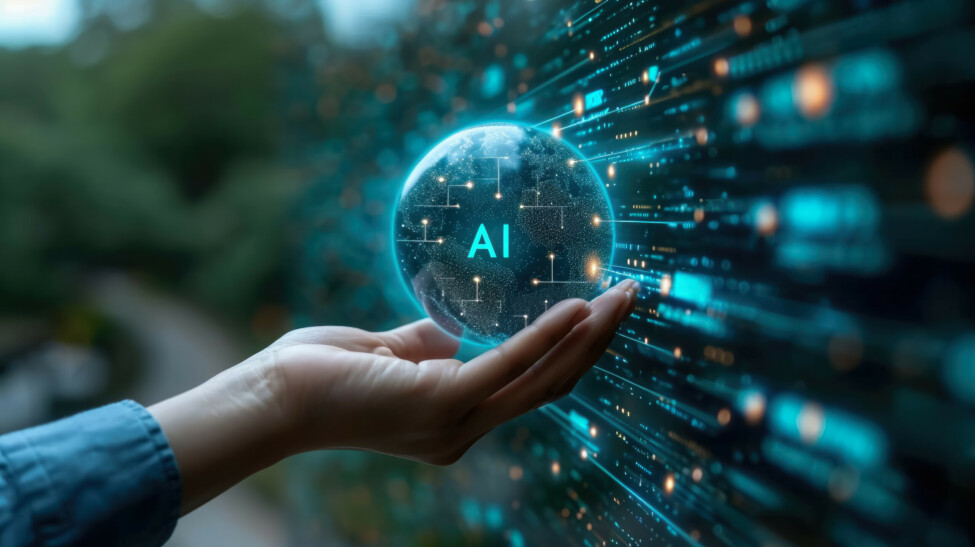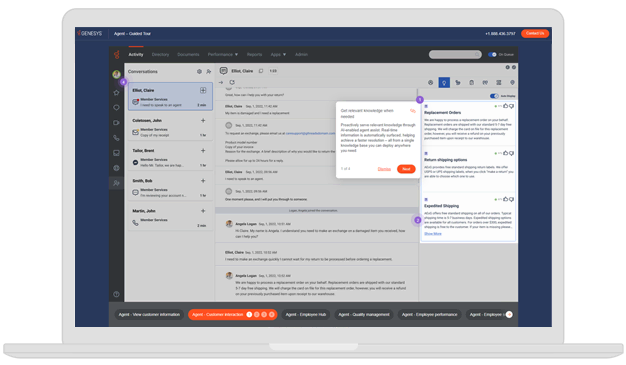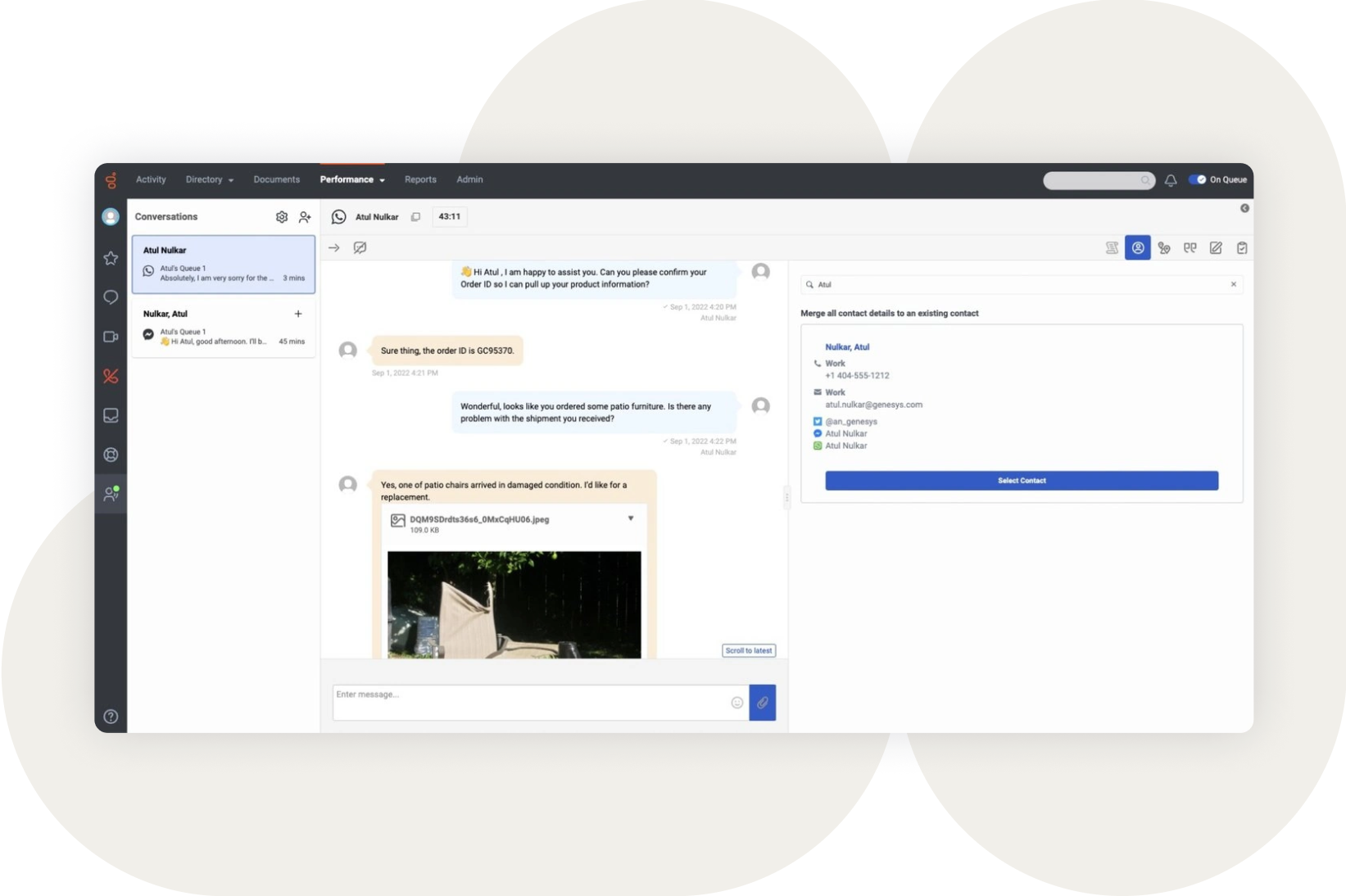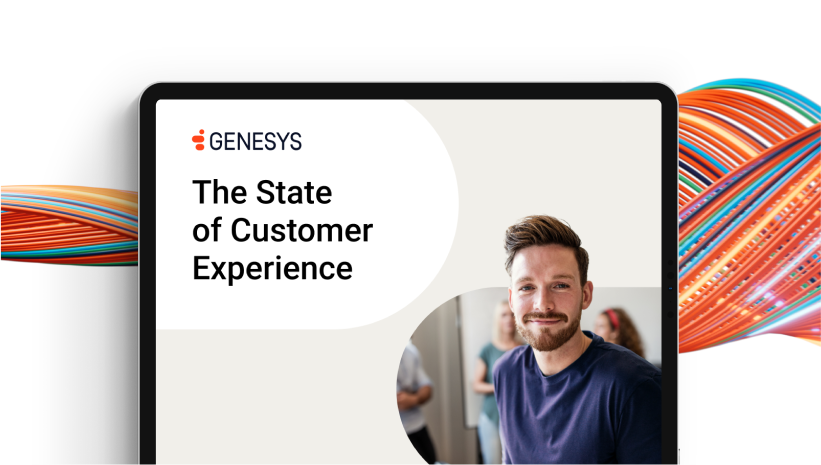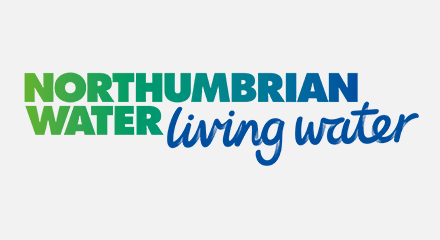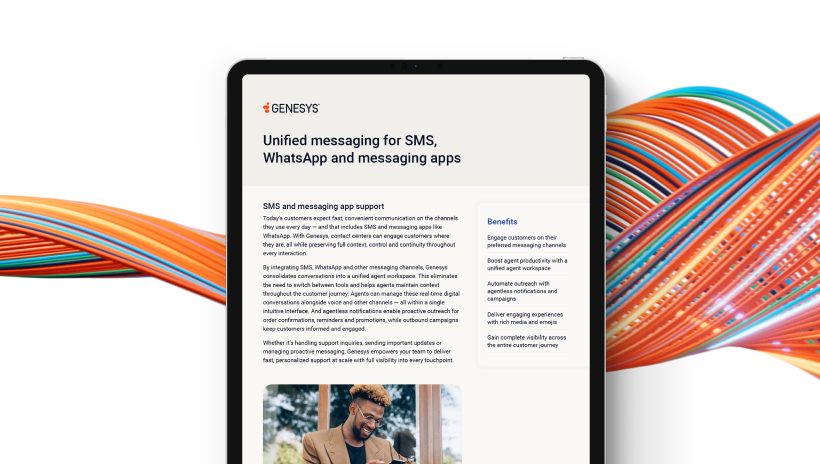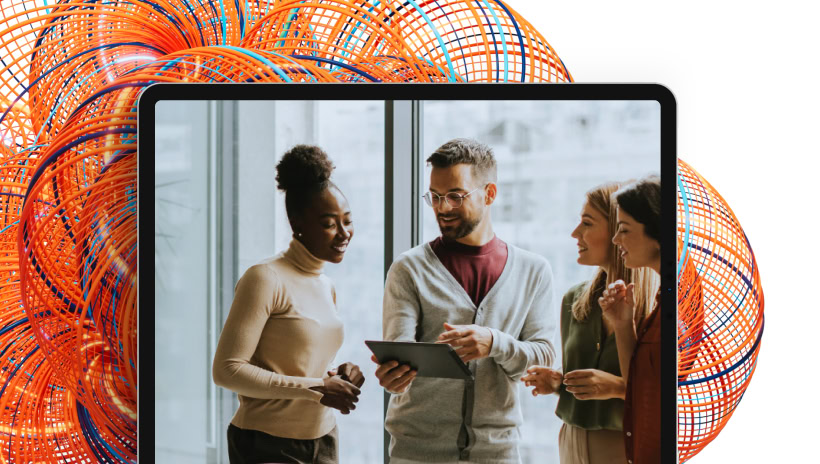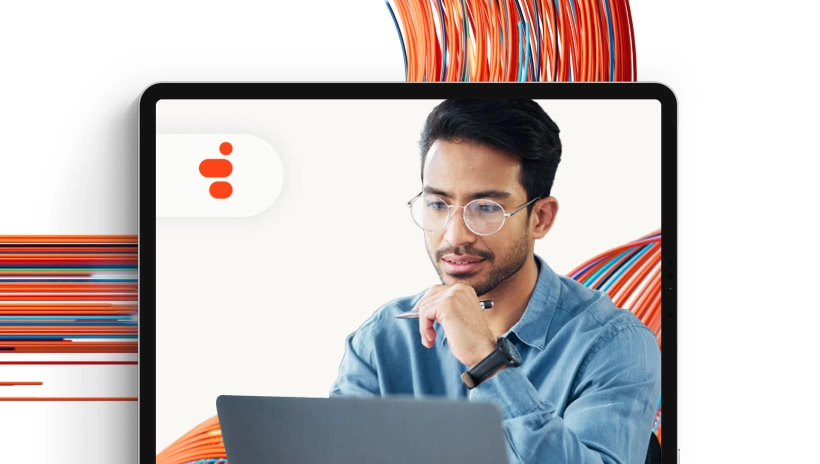Yes, Genesys Cloud supports Bring Your Own (BYO) SMS, allowing you to integrate your existing SMPP-based SMS account or a Twilio SMS account directly into the platform. If you already work with an SMS provider that supports SMPP (Short Message Peer-to-Peer) or Twilio SMS messaging services, this feature lets you continue using that provider while benefiting from the native SMS capabilities of Genesys Cloud. You’ll be able to send and receive SMS messages within Genesys Cloud just like with built-in messaging, ensuring a consistent experience across all digital channels without changing your existing SMS provider relationship. In addition, these options to integrate with existing accounts can also be used in conjunction with the Genesys Cloud platform’s native SMS services, offering true flexibility in managing your SMS customer experiences.
For more details on integrating an SMPP account, review this article. For more information on integrating your Twilio account, consult this article.
